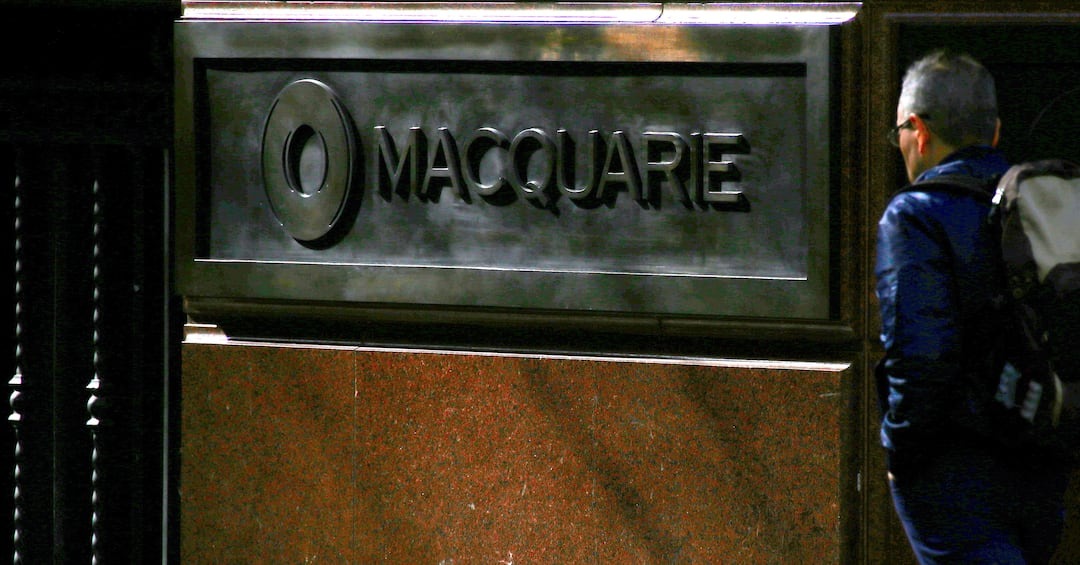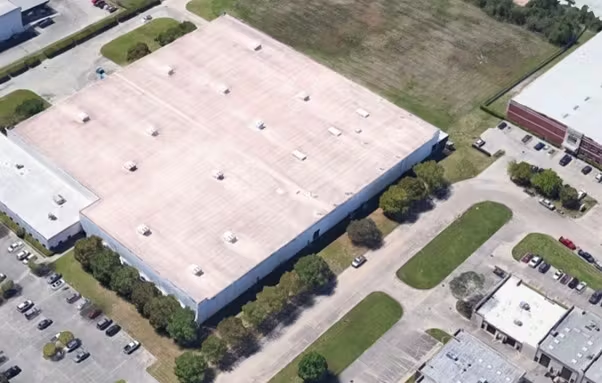First Solar, a leader in solar technology in the United States, recently unveiled its latest advancement—a $1.1 billion solar manufacturing plant in Lawrence County, Alabama. This new facility boosts the U.S. solar manufacturing capacity by 3.5 gigawatts (GW) and is a significant step toward enhancing the nation’s renewable energy production capabilities. The establishment of this plant is anticipated to generate over 800 jobs, reinforcing First Solar’s commitment to the American workforce and sustainable energy.
Governor Kay Ivey of Alabama lauded the opening, stating, “This production facility will become a pivotal contributor to the U.S. renewable energy sector.” She highlighted the strategic role of this facility in reducing reliance on foreign-made solar panels and strengthening national energy independence.
Strategic Growth and Nationwide Impact
First Solar’s strategic expansion does not stop in Alabama. The company also announced the construction of another $1.1 billion facility in Louisiana, projected to commence operations in the second half of 2025. This expansion will not only increase First Solar’s U.S. capacity to 14 GW but also elevate its global production capacity to 25 GW by the end of 2026.
Mark Widmar, CEO of First Solar, emphasized the Gulf Coast’s emerging role in supporting the U.S. energy strategy. “Our new facilities leverage American ingenuity and a robust national supply chain to support energy security,” said Widmar. He also noted the contribution of various American workers across industries who play a part in the solar panel production process.
Innovation in Switzerland: Sun-Ways’ Solar Railways
Across the Atlantic, Switzerland is making its own strides in solar technology. The Swiss Federal Office of Transport has given the green light to Sun-Ways, a Vaud-based company, to install the country’s first portable solar power plant along the railway tracks. This pilot project near Buttes station in Neuchâtel is set to demonstrate the feasibility of integrating solar technology without impacting railway operations.
The innovative use of space between railway tracks could potentially generate 1 terawatt-hour (TWh) per year, enough to power 300,000 households and save over 200,000 tons of CO2 annually. Sun-Ways boasts unique features in its technology, including the ability to install and remove panels efficiently, which allows for regular maintenance without disrupting the plant’s operation.
These advancements by First Solar and Sun-Ways illustrate significant progress in the solar industry, driven by innovation, strategic investments, and a commitment to sustainability. Both initiatives reflect an increasing trend towards utilizing renewable resources to foster energy independence and environmental sustainability.




